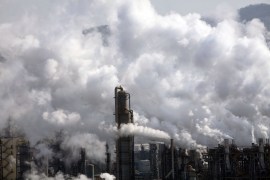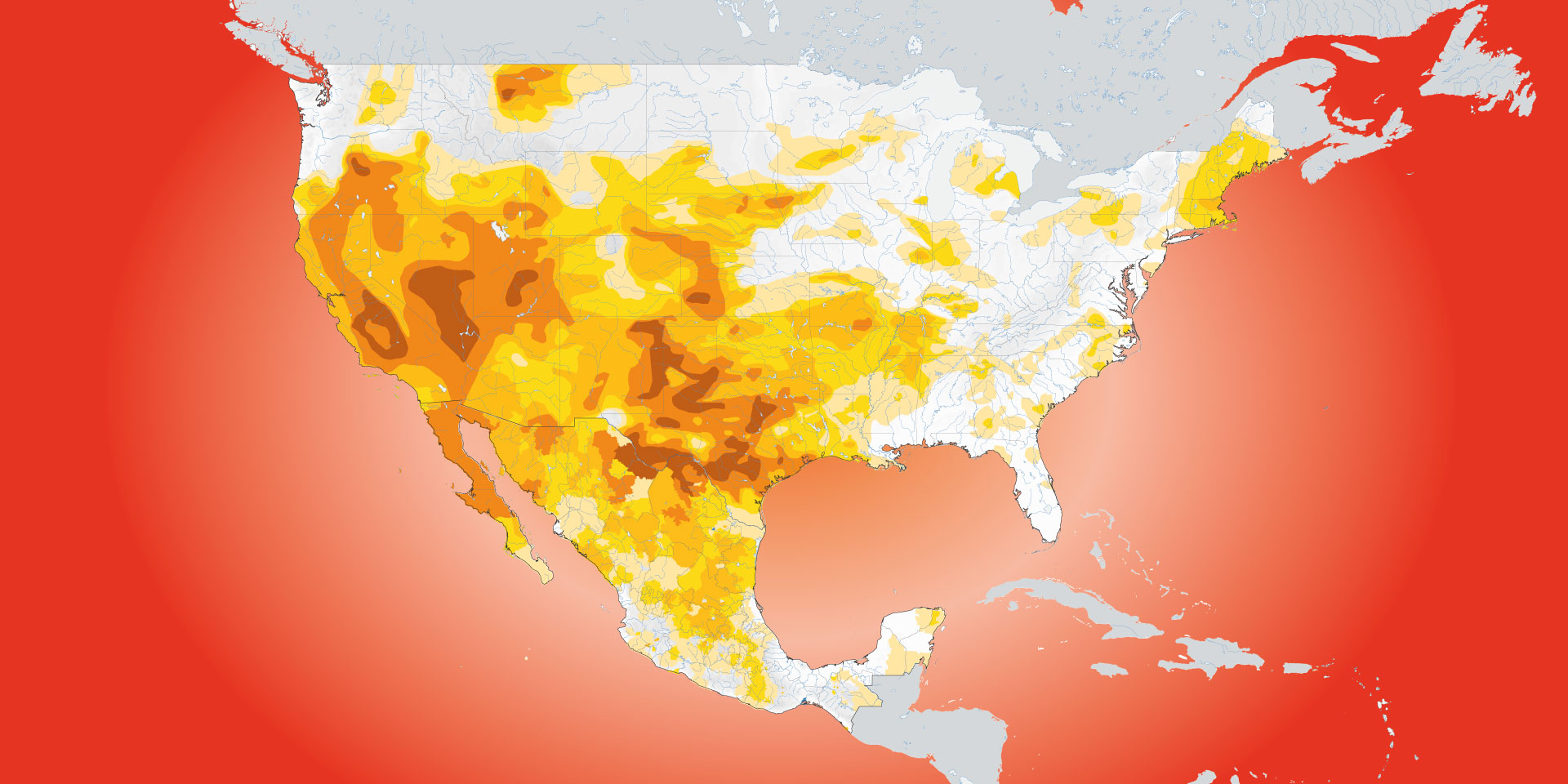[ad_1]

As the world revisits energy and climate security with new urgency, can North America find a constructive path forward? The United States, Canada, and Mexico have struggled for decades in this arena and largely sidestepped it in the United States-Mexico-Canada trade agreement launched in 2020.
All three nations, however, support the Paris Agreement and the fledgling Global Methane Pledge. North American leader summits have returned after a half-decade hiatus. Canada and the U.S. established a “roadmap” for renewed climate and energy partnership. The USMCA is operational but not etched in granite. It requires review every six years, allows supplemental agreements, and retains environmental provisions created under its North American Free Trade Agreement predecessor.
One should not overestimate the ability of summits, pledges or trade agreements to override deep cross-national differences. Challenges to North American collaboration remain daunting for carbon emissions given the far-reaching policy differences.
Resurgent energy nationalism under Mexican President Andrés Manuel López Obrador supplants renewable energy development by private firms with oil production maximization by a debt-laden national entity. Proposed U.S. electric-vehicle purchase subsidies decisively favor American-made products, derided by supply-chain neighbors as USMCA threats. The neighbors occupy divergent carbon pricing worlds as Europe contemplates border adjustments for shirking nations; Canada pursues a $170 per-ton price (Canadian) by 2030 while America lacks any national carbon price and Mexico maintains a nominal one. Cross-border clean electricity trade expansion faces daunting political hurdles.
A better starting point for credible continental engagement might involve short-lived climate pollutants (SLCP). Contaminants such as methane and hydrofluorocarbons (HFCs) receive far less policy attention than carbon but pack a near-term climate wallop. A ton of released methane has 87 times the global warming impact of carbon over two decades. SLCPs have triggered well over one-quarter of the global warming that has already occurred.
Energy sector methane mitigation offers a promising collaborative venue, given technological advances in measuring releases and cost-effective options to minimize flaring and venting. Norway and Saudi Arabia have long maintained credible regulatory regimes to capture methane, mindful of its commercial value. Global adherence to Norwegian standards would reduce oil and gas methane emissions by over 90 percent.
Comparable assessments cannot yet be applied to North America. Many high-production American states and Canadian provinces long resisted rigorous methane policies given fierce industry opposition. Mexico has experienced stunning flaring rate increases in recent years despite oil output declines, necessitating increased Texas gas imports to offset its waste.
That dynamic may be changing significantly. November’s leader summit endorsed a continental strategy “to reduce methane emissions from all sectors, especially oil and gas.” Canada has negotiated rigorous methane standards with production provinces, appears on track to meet significant mid-decade reduction targets, and is preparing to go considerably farther.
The Biden Administration has placed methane front-and-center in its climate and energy agenda, including global pledge leadership. Congress restored some Obama-era regulations with traces of bipartisan support, federal agencies are preparing advanced steps, a few major production states offer best-practice models for national action, and many American firms are pursuing cleaner output. New federal infrastructure legislation includes considerable funds to accelerate orphan well closure long neglected by industry and states.
This transition is a work in progress, however. The sun will likely set on a 117th Congress increasingly divided along partisan lines on methane, including mounting Republican disdain for firms vowing bold steps to reduce their methane waste. Many production states appear poised to oppose forthcoming federal regulations in court and delay through implementation. In turn, Mexico has struggled to implement its 2018 methane legislation amid all-out pursuit of oil that marginalizes associated gas capture.
Continental efforts could begin with development of a state-of-the-art emissions inventory after decades of deep downward bias in existing reporting systems in all three nations but ultimately go much farther. Existing methane release measures remain notoriously unreliable across the continent. They undermine continued assertions for consequential climate benefits of natural gas over oil and coal or environmental superiority of North American gas exports.
Collaborative climate prospects may be greatest outside the energy arena, including chemicals used primarily in air conditioning and refrigeration. HFCs played an essential ozone-protection role through the Montreal Protocol but remain potent SLCPs. 2016 Kigali amendments to Montreal guide global transition toward climate-friendly alternatives, including provisions to block non-participating nations from future HFC exports. Both Canada and Mexico promptly ratified Kigali and Canada pursued aggressive early HFC reduction steps. Mexico does not produce HFCs but is eager to maintain its role as a leading global refrigerator exporter and has implemented a transition timetable.
The U.S. remained a continental HFC laggard until industry and state government pressure propelled bipartisan legislation in December 2020, establishing phased-down targets compatible with Kigali. Only Senate treaty ratification remains to fully restore American standing and initial Foreign Relations Committee hearings suggest remarkably broad support. The Biden Administration has rapidly finalized regulations and created a multi-agency task force to curb HFC smuggling that promptly pursued significant enforcement actions. Smuggling remains a major Kigali implementation concern globally.[1] Expansion of this task force to continental scale offers a collaborative starting point.
No singular institutional home exists for such continental initiatives. But one enduring NAFTA legacy is the Commission on Environmental Cooperation. Led by a tri-national secretariat, CEC has frequently engaged climate and energy issues while also establishing a major data base on continental toxic releases. It has the kinds of analytical skills and policy expertise to assume a leadership role on issues like methane and HFC transition, including disclosure through credible emission inventories, reports assessing national and continental performance trends, and cross-border enforcement. No two climate pollutants are identical, but the CEC could implement initial continental efforts on SLCPs, positioning North America as a global leader on these issues.
[1] Benjamin Sovacool, et al., “Climate Change and Industrial F-Gases,” Renewable and Sustainable Energy Reviews (2021): 1-55.
[ad_2]
Source link















